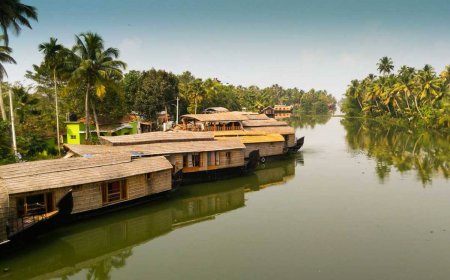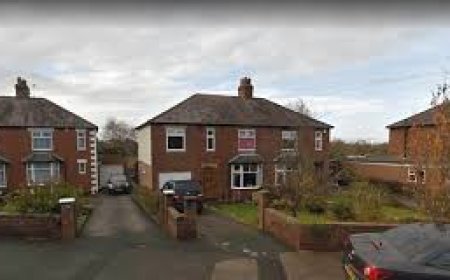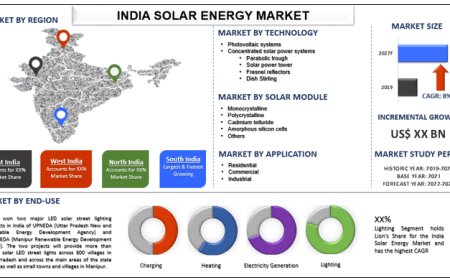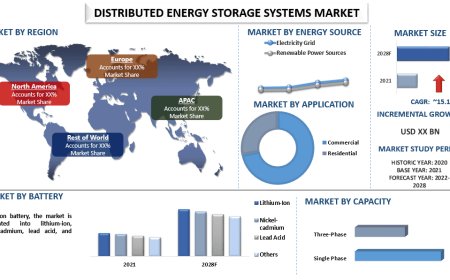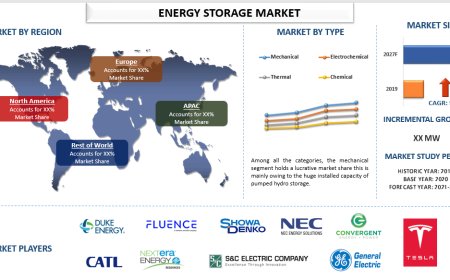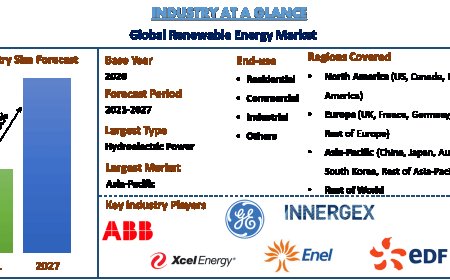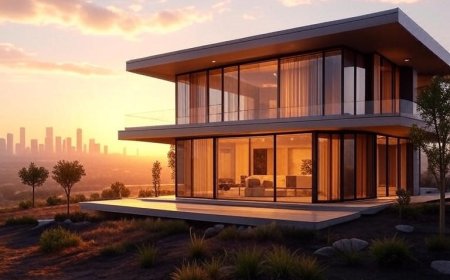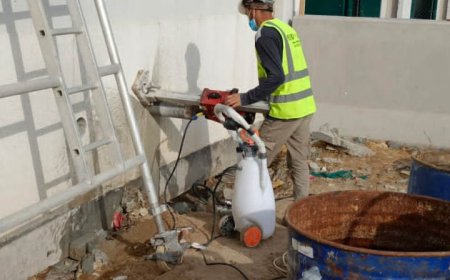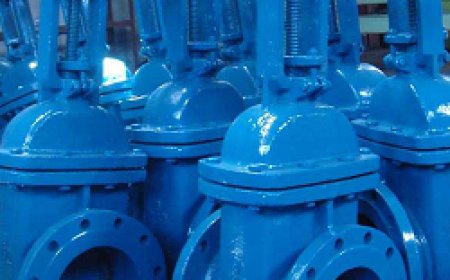Understanding Fence Installation Cost: What Homeowners Need to Know
Learn what affects your fence installation cost and how to budget effectively. Discover material options, labor rates, and cost-saving tips for your fencing project.
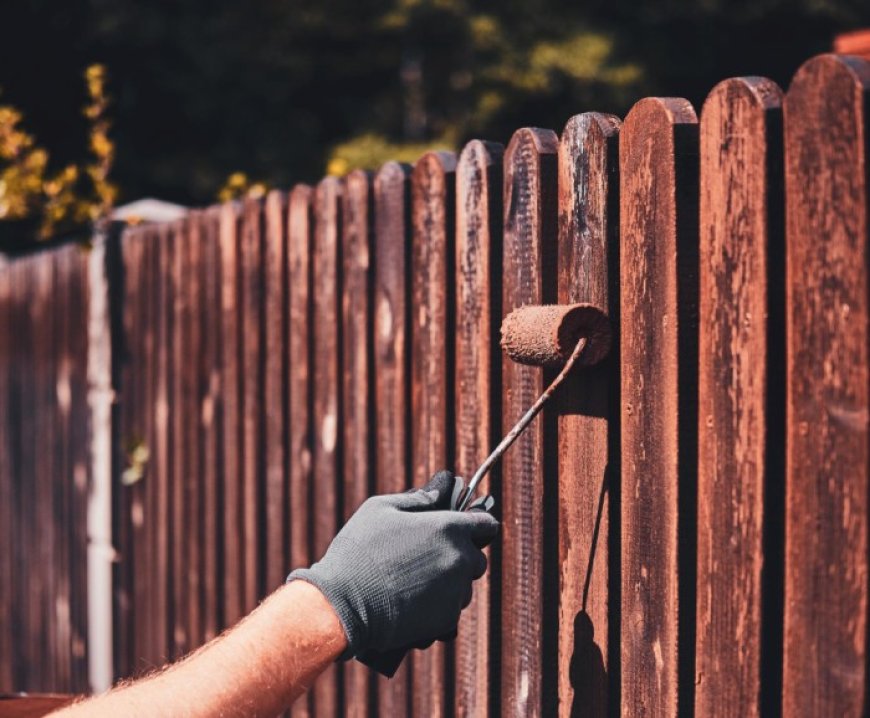
Installing a fence around your property is one of the most practical ways to improve security, privacy, and curb appeal. Whether you're enclosing a backyard, safeguarding your pets, or defining your property lines, a fence is both a functional and aesthetic investment. However, before you start digging posts, it's essential to understand the full scope of your fence installation cost.
Fence installation is not a one-size-fits-all project. Costs can vary significantly depending on several factors, including materials, labor, terrain, and property size. In this guide, we'll break down everything homeowners need to know about fence installation cost, including what influences pricing and how to budget effectively for your project.
What Is the Average Fence Installation Cost?
The fence installation cost in the United States typically ranges between $1,500 and $5,000, with most homeowners spending around $2,500 to $3,500 on average. The final price, however, depends on multiple variables:
-
Material type (wood, vinyl, metal, etc.)
- Fence height and length
-
Labor rates in your area
-
Site preparation needs
-
Permits and zoning regulations
Lets explore each of these cost factors in detail.
1. Fence Material Types and Their Costs
The choice of material is one of the biggest influencers on your fence installation cost. Heres a breakdown of the most common fencing materials:
Wood Fence
-
Cost: $15$30 per linear foot
-
Pros: Natural appearance, customizable
-
Cons: Requires regular maintenance (staining, sealing)
Vinyl Fence
-
Cost: $20$40 per linear foot
-
Pros: Low maintenance, weather-resistant, long lifespan
-
Cons: Higher upfront cost
Chain-Link Fence
-
Cost: $10$20 per linear foot
-
Pros: Affordable, durable, good for security
-
Cons: Limited privacy and aesthetics
Wrought Iron Fence
-
Cost: $30$60 per linear foot
-
Pros: Elegant, extremely durable
-
Cons: Expensive, may rust over time if not maintained
Aluminum Fence
-
Cost: $25$45 per linear foot
-
Pros: Rust-resistant, stylish, low maintenance
-
Cons: Can be less sturdy than wrought iron
Composite Fence
-
Cost: $25$55 per linear foot
-
Pros: Eco-friendly, low maintenance, wood-like appearance
-
Cons: Expensive compared to wood
Your choice should reflect your prioritiesprivacy, appearance, durability, and maintenance requirements.
2. Labor Costs
Labor usually accounts for 30% to 50% of the total fence installation cost. Rates can vary based on your location, time of year, and complexity of the project. On average:
-
Labor cost per hour: $30$70
-
Labor cost per linear foot: $5$15
Fences that require custom gates, intricate designs, or tricky terrain will generally result in higher labor charges. Its always wise to request multiple quotes from reputable contractors to compare pricing.
3. Property Size and Layout
The size of your property directly affects the cost. Most fencing jobs are priced by linear foot. For example, a standard 6-foot tall fence for a 150-foot perimeter might cost:
-
Wood: $3,000 to $4,500
-
Vinyl: $3,500 to $6,000
-
Chain-Link: $1,500 to $3,000
Complex property layouts, slopes, or uneven terrain can increase installation time and require additional materials or equipment, thus increasing the final bill.
4. Additional Features and Customizations
Custom elements can elevate the look and function of your fencebut also add to the fence installation cost. These include:
-
Gates: Standard gates start at $150$400, but automatic or double gates can cost $800 or more.
-
Decorative post caps or latticework: $5$15 per piece
-
Security enhancements: Locking mechanisms, cameras, or motion sensors
-
Painting or staining: $1$3 per linear foot
If your goal is a highly functional or designer fence, factor these extras into your budget.
5. Permits, Zoning, and HOA Fees
Before you start your fence project, check with your local municipality and homeowners association (HOA) regarding regulations. Some areas require permits for fences above a certain height or close to property lines.
-
Permit costs: $20$400, depending on location
-
Surveying costs: $300$800 if property lines need confirmation
-
HOA compliance: Some neighborhoods have specific material and height restrictions
Failing to comply with local regulations can result in fines or the need to remove and replace your fence.
6. Site Preparation and Old Fence Removal
If your site isnt ready for installation, your cost could increase due to:
-
Clearing trees, shrubs, or debris: $100$500
-
Removing an old fence: $3$5 per linear foot
-
Grading and leveling: $50$200 per hour for excavation services
Preparing the ground properly ensures a stronger, longer-lasting fence but will impact your overall budget.
Tips to Reduce Your Fence Installation Cost
While fencing can be a significant investment, there are smart ways to keep expenses under control:
1. Choose Cost-Effective Materials
Chain-link and basic wood fences are generally more affordable than vinyl, aluminum, or wrought iron.
2. Limit Height
A 6-foot fence may be standard for privacy, but shorter fences cost less to install and maintain.
3. DIY Portions
If you have time and basic skills, you could handle demolition, painting, or even simple sections of installation yourself.
4. Compare Multiple Quotes
Get at least three estimates from licensed contractors. Be sure to compare not just price, but also timelines, warranties, and material quality.
5. Install During Off-Peak Seasons
Late fall and winter are slower months for contractors, which may result in better pricing and faster scheduling.
Long-Term Value of Fence Installation
Beyond the upfront fence installation cost, consider the long-term value. A well-constructed fence can:
-
Enhance property value and curb appeal
-
Provide privacy and security
-
Create safe play areas for children and pets
-
Reduce noise from neighbors or busy roads
Additionally, low-maintenance materials like vinyl or aluminum offer savings over time due to reduced upkeep.
Conclusion
Understanding your fence installation cost is critical for planning a successful project that meets both your needs and your budget. With variables like material, labor, customization, and site conditions, prices can range widelybut with the right knowledge and preparation, you can make informed decisions that pay off in both function and aesthetics.
Whether youre fencing a suburban yard, a rural property, or a city home, the key is to assess your priorities, research your options, and partner with a reliable contractor. A beautiful, durable fence is more than just a boundaryits an investment in your homes safety, style, and value.





